All thanks to digital evolution, the world is changing rapidly. Teaching children the fundamentals of coding and programming has become a necessity to cope up. The earlier kids start learning these skills, the more confident and adept they become at navigating the digital world. LEGO WeDo Programming is a fantastic educational platform that combines the familiar fun of LEGO bricks with the excitement of coding. In this blog post, we’ll explore the world of LEGO WeDo Programming and how it bridges the gap from colorful blocks to lines of code.
What is LEGO WeDo?
LEGO WeDo is an educational platform developed by LEGO Education that introduces children to the world of science, technology, engineering, and mathematics (STEM) through hands-on, fun learning experiences. It is designed for children aged 7 and above and uses a combination of physical LEGO bricks, motors, and sensors, along with a user-friendly software interface to create interactive models and machines.
The Transition from Blocks to Code
One of the standout features of LEGO WeDo is its seamless transition from physical building blocks to programming code. This transition occurs through the use of the LEGO WeDo software, which employs a block-based coding language similar to Scratch. Here’s how the journey unfolds:
1. Building Physical Models
LEGO WeDo sets come with building instructions for various models, such as robots, vehicles, and animals. Children first construct these models using LEGO bricks, motors, and sensors. This tactile, hands-on approach is engaging and encourages creativity.
2. Connecting Sensors and Motors
Once the model is built, children connect sensors (like motion sensors and distance sensors) and motors to it. These components bring the model to life and enable it to interact with its environment.
3. Writing Code with Blocks
This is where the transition from blocks to code happens. Using the LEGO WeDo software, children can create programs by dragging and dropping colorful code blocks onto a programming canvas. These blocks represent different actions, conditions, and events.
4. Experimenting and Testing
As kids arrange the code blocks, they see how their changes affect the model’s behavior in real-time. This instant feedback helps them understand the cause-and-effect relationships between code and action.
5. Learning Key Programming Concepts
LEGO WeDo programming introduces kids to key programming concepts such as loops, conditional statements, and variables. They learn these concepts organically while working on exciting projects.
Programming Blocks
How LEGO WeDo 2.0 coding helps kids
1. At home
WeDo coding helps children to explore incredible robotics projects! As an illustration, they can discover the art of transforming their SmartHub into a music box, all while orchestrating an on-screen dancer’s graceful spins in response to the tilt sensor’s angle. Absolutely no prior experience with coding or robotics is necessary.
2. At school
WeDo coding includes 11 fun lessons with 65 activities. These lessons teach you through interactive stuff like lessons, videos, puzzles, quizzes, and cool do-it-yourself (DIY) projects.In these lessons, you’ll learn to make programs using blocks. These programs make the WeDo SmartHub do cool things with its surroundings. While you’re learning to code, you’ll also get better at important science, technology, engineering, and math (STEM) ideas. Plus, you’ll create amazing coding projects!
Conclusion
LEGO WeDo Programming is a powerful educational tool that effortlessly guides children from building with colorful LEGO blocks to writing code. By offering engaging content related to LEGO WeDo, you can tap into a growing audience of parents, educators, and caregivers seeking innovative STEM education solutions for children. So, you can introduce your child to an exciting journey from blocks to code through LEGO WeDo Programming.
Moonpreneur is on a mission to disrupt traditional education and future-proof the next generation with holistic learning solutions. Its Innovator Program is building tomorrow’s workforce by training students in AI/ML, Robotics, Coding, IoT, and Apps, enabling entrepreneurship through experiential learning.



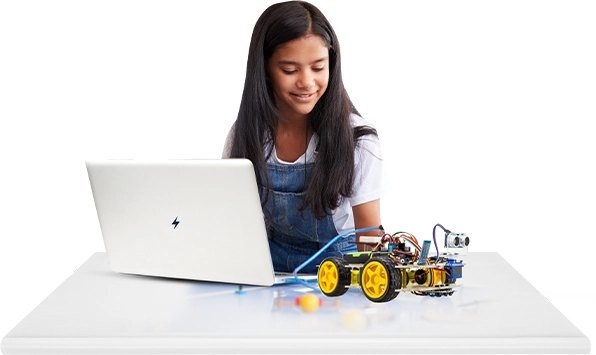









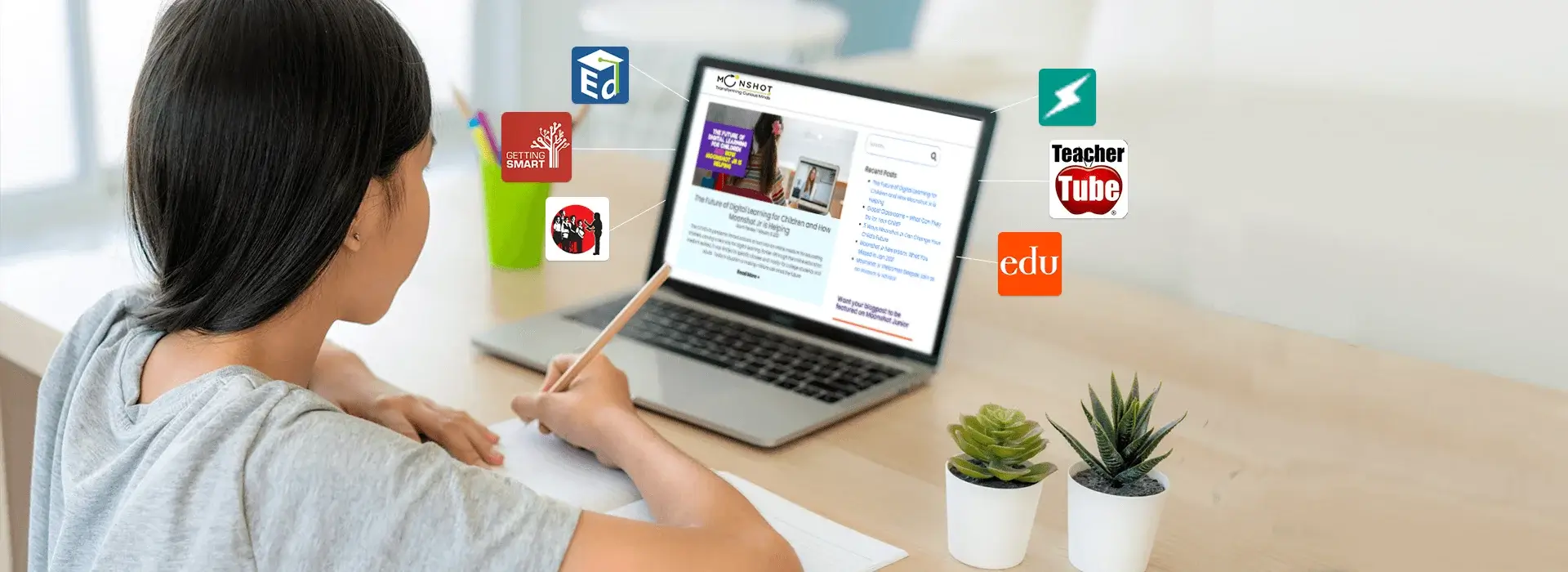
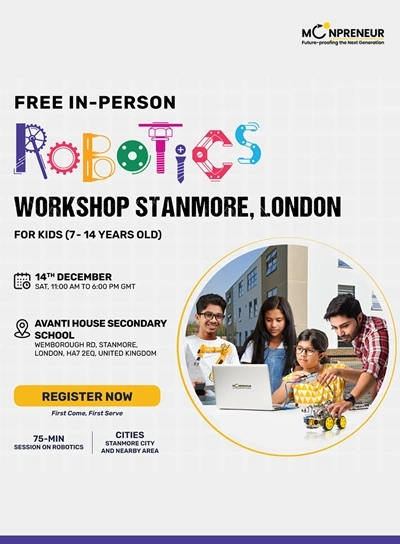

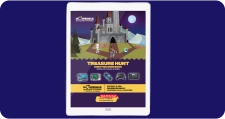
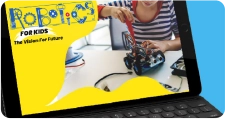
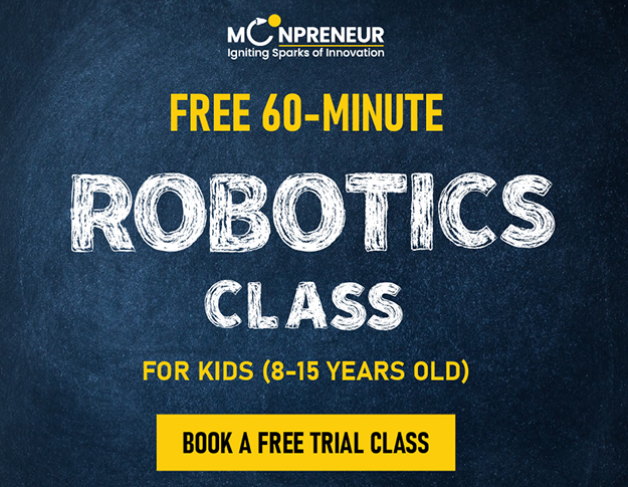
Q: Can we connect WeDo 2.0 with other LEGO sets?
Yes! It’s compatible with most LEGO bricks, so you can expand your creations and add even more features to your programs.